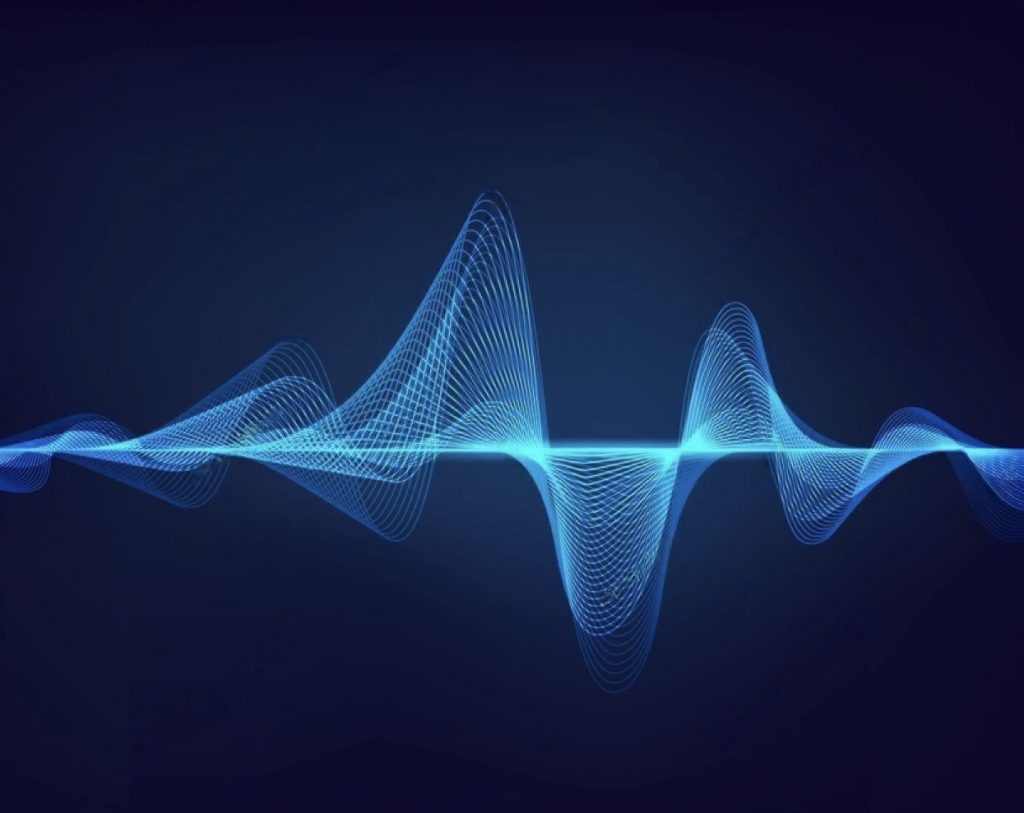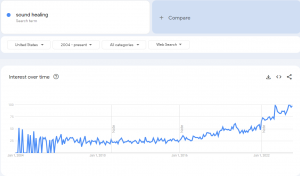In the realm of sound therapy and holistic wellness, both Binaural Beats and Solfeggio Frequencies have gained attention for their potential to influence our mental states and overall well-being. While both techniques utilize auditory stimuli to evoke specific responses in the brain, they operate on distinct principles and hold different historical and scientific backgrounds.

Binaural Beats:
Binaural beats involve playing two slightly different frequencies in each ear, creating a perceived third frequency through the process of brainwave entrainment. This third frequency corresponds to the difference between the two presented tones. For instance, if you listen to a 300 Hz tone in one ear and a 310 Hz tone in the other, your brain perceives a binaural beat of 10 Hz. This phenomenon is believed to synchronize brainwave activity, potentially inducing states like relaxation, focus, or even sleep. The science is pretty simple and is deeply rooted in math!
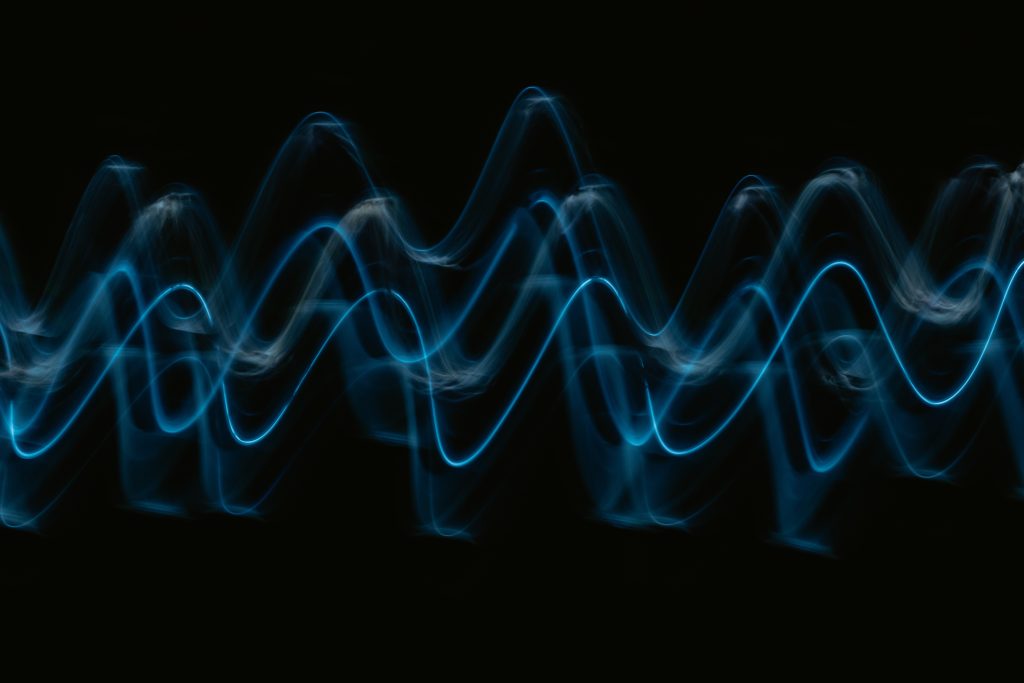
The primary focus of binaural beats lies in altering brainwave patterns, helping individuals access different states of consciousness. These beats are often used as tools for meditation, stress reduction, and improving cognitive performance. Scientific studies have shown promising results, suggesting that binaural beats can indeed influence mood and cognitive functioning, although their effects might vary from person to person.
Solfeggio Frequencies:
Solfeggio Frequencies, on the other hand, are a set of specific tones derived from the ancient Solfeggio scale. These frequencies have historical roots in Gregorian chants and have been associated with various healing properties and spiritual significance. The Solfeggio Frequencies consist of six main tones: 396 Hz, 417 Hz, 528 Hz, 639 Hz, 741 Hz, and 852 Hz. And 3 discovered in the 1970’s by Dr. Joseph Puleo: 174 Hz, 285 Hz, and 936 Hz.
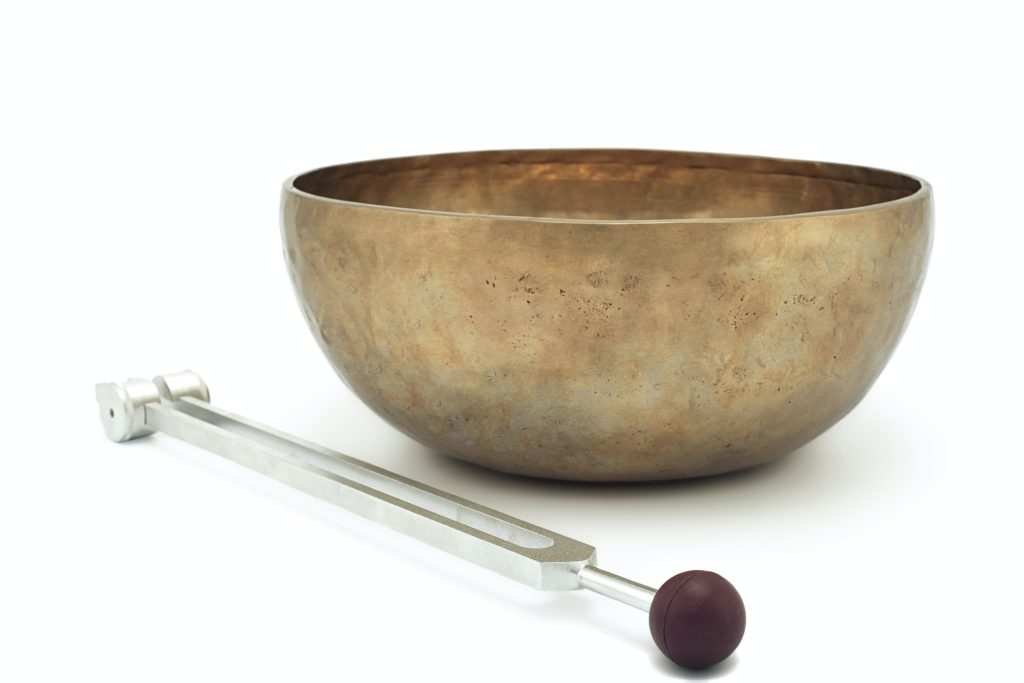
Advocates of Solfeggio Frequencies believe that each tone corresponds to a different aspect of healing and transformation. For example, 528 Hz is often referred to as the “Love Frequency,” associated with DNA repair and spiritual development. Here is a quick rundown on the 9 main Solfeggio Frequencies:
- 396 Hz – Allows listeners to let go of guilt, fear, and trauma.
- 417 Hz – Encourages positivity and ushers in fresh new changes.
- 528 Hz – Helps repair DNA and rewire neural pathways in the brain.
- 639 Hz – Can assist with emotional heart healing and repair.
- 741 Hz – Helps cleanse your body of toxins.
- 852 Hz – Can support mental clarity and rid yourself of illusions.
- 174 Hz – Helps relieve pain and ease stress.
- 285 Hz – May help heal wounds especially in the tissue and organs.
- 936 Hz – The frequency of connection, commonly used with meditation.
Key Differences and Considerations:
One notable difference between the two approaches is their historical context. Binaural beats are rooted in modern neuroscience and the phenomenon of brainwave entrainment, whereas Solfeggio Frequencies draw from ancient musical traditions and spiritual beliefs.

From a scientific standpoint, binaural beats have garnered more attention in recent years due to their potential to influence brain activity and states of consciousness. While the effects of binaural beats are still being explored, they offer a more empirical approach, backed by research into neurophysiology and cognitive psychology.
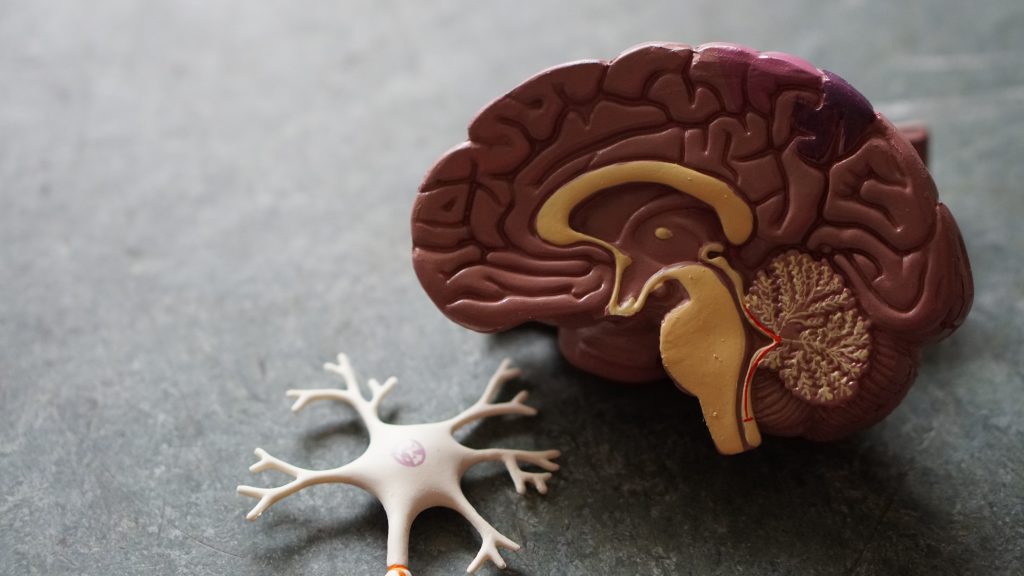
In contrast, Solfeggio Frequencies have a more mystical and historical allure, often associated with claims of profound healing effects. While anecdotal evidence and personal experiences abound, the scientific consensus on their direct physiological impact is currently being studied.
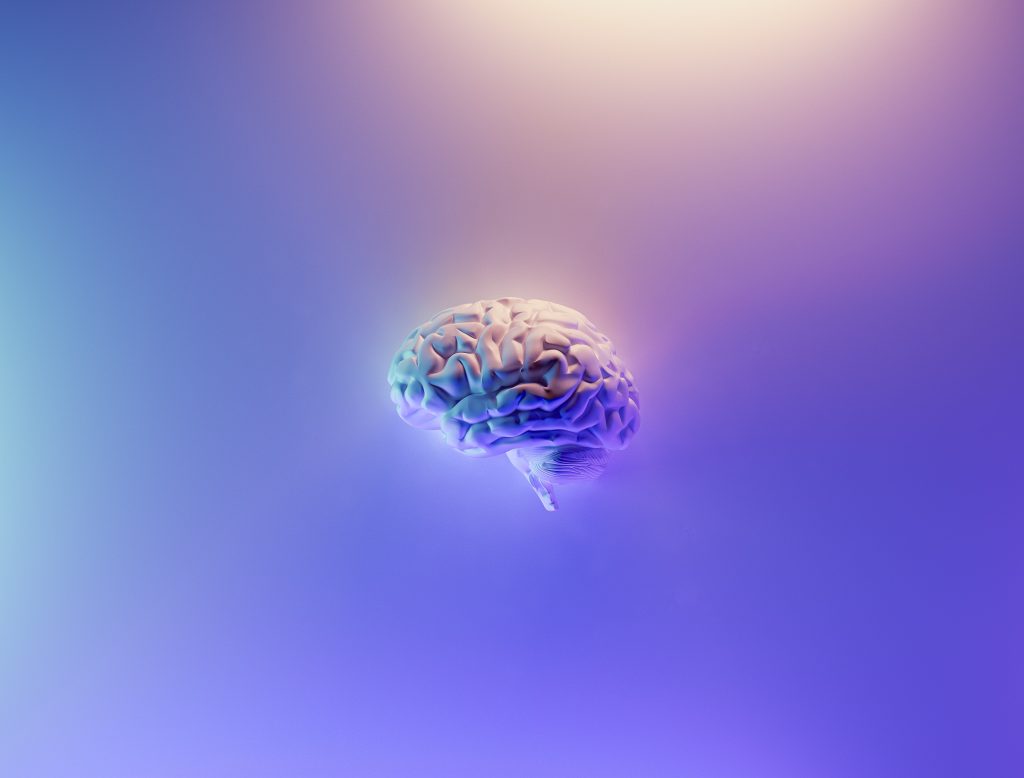
In conclusion, both Binaural Beats and Solfeggio Frequencies provide intriguing avenues for exploring the potential connections between sound and well-being. Binaural beats offer a more scientifically grounded approach by manipulating brainwave patterns, whereas Solfeggio Frequencies tap into ancient wisdom and spiritual practices. Individuals seeking to harness the benefits of these auditory therapies should approach them with an open mind and a willingness to explore their personal responses to each technique. Whether one leans toward the scientific or the spiritual, the world of sound therapy offers a rich tapestry of possibilities for enhancing our mental, emotional, and spiritual states.
If you are taking your journey through into sound healing without a practitioner and want to experiment with listening to Solfeggio Frequencies, check out this guide.
